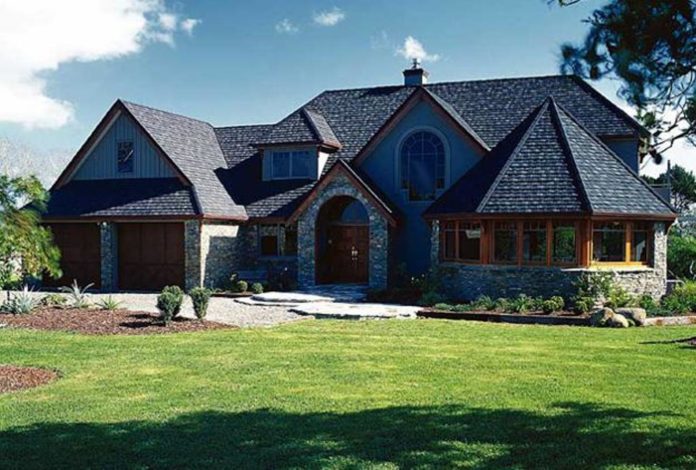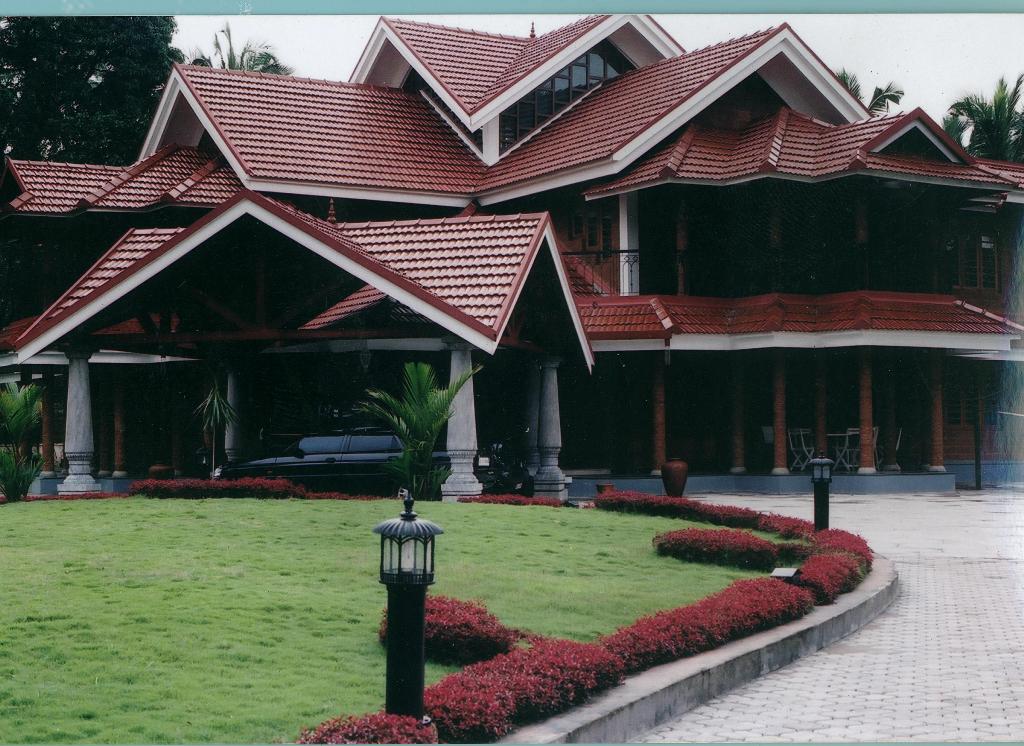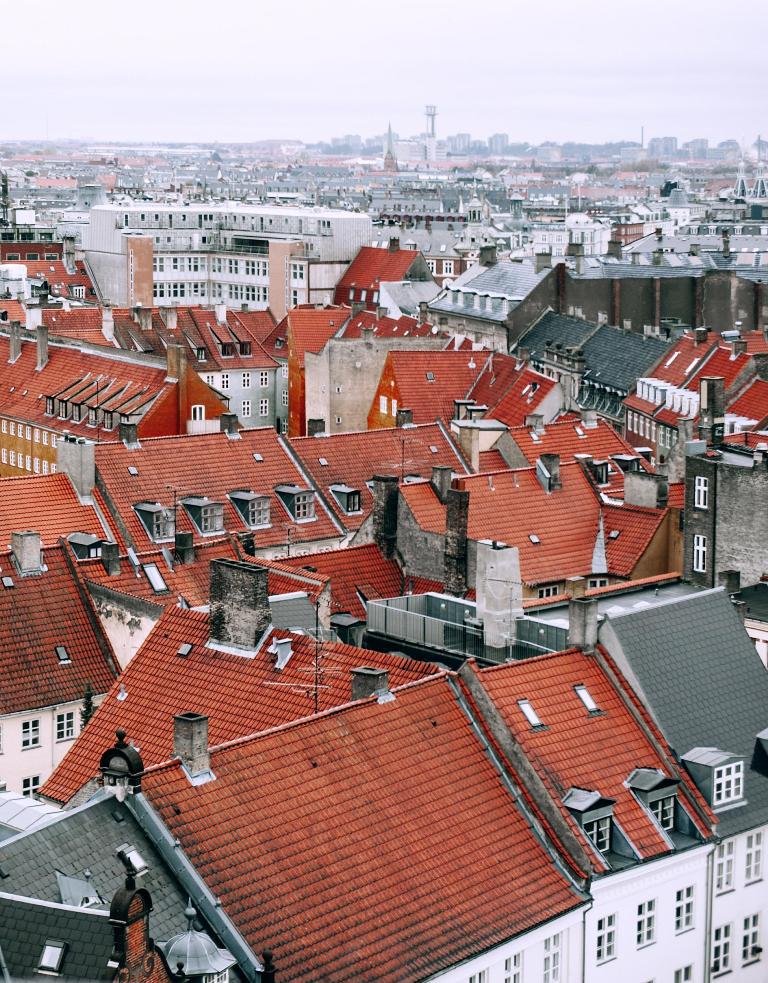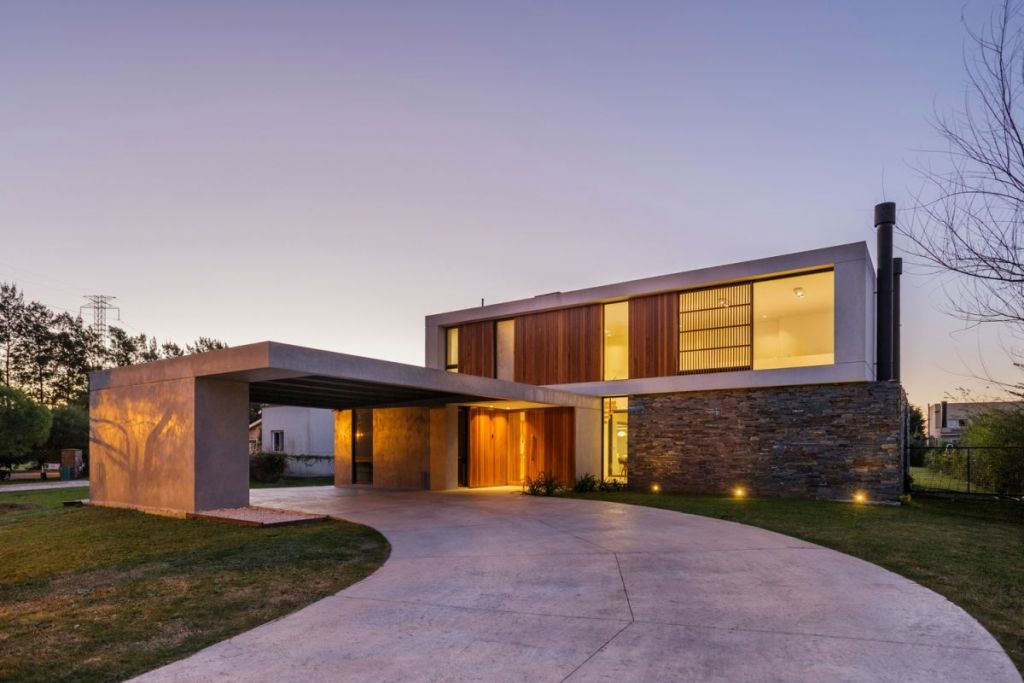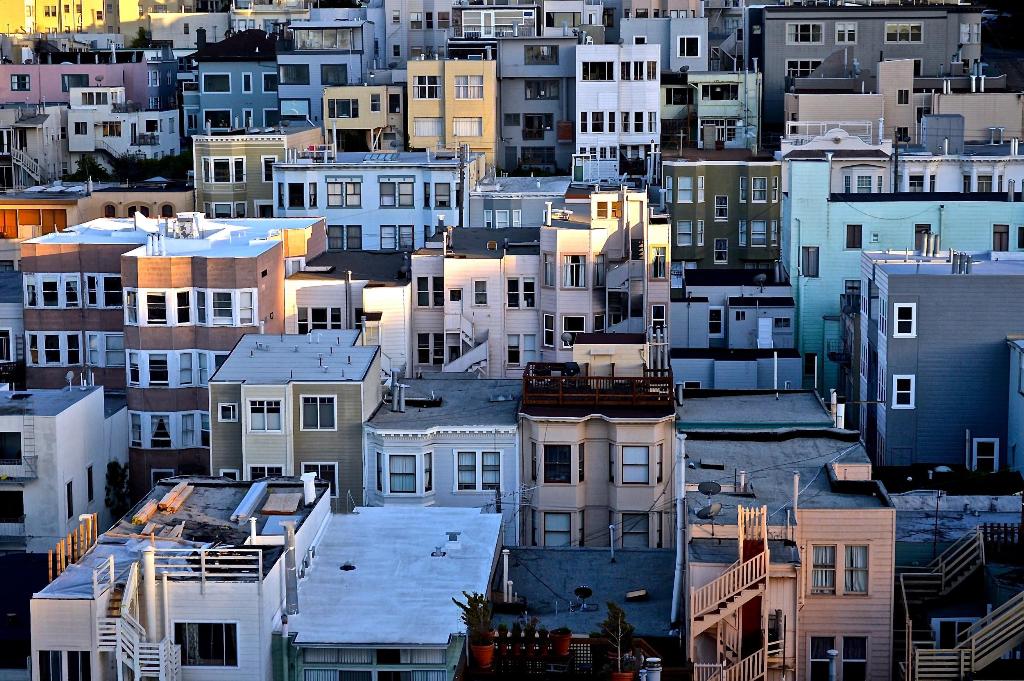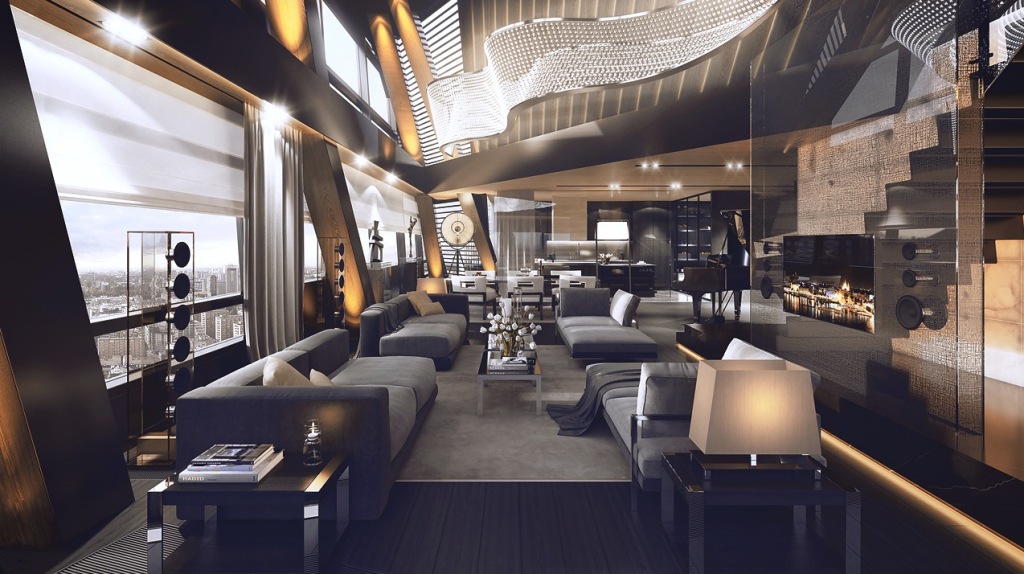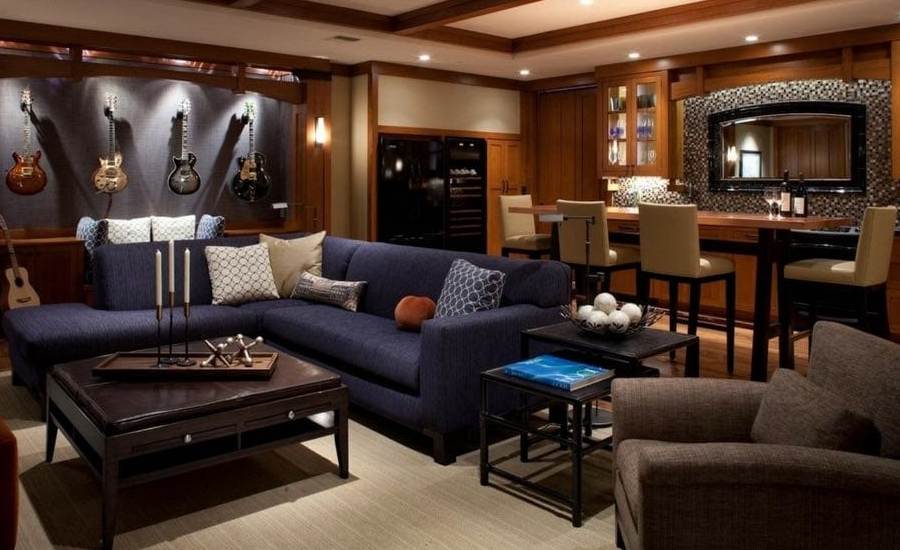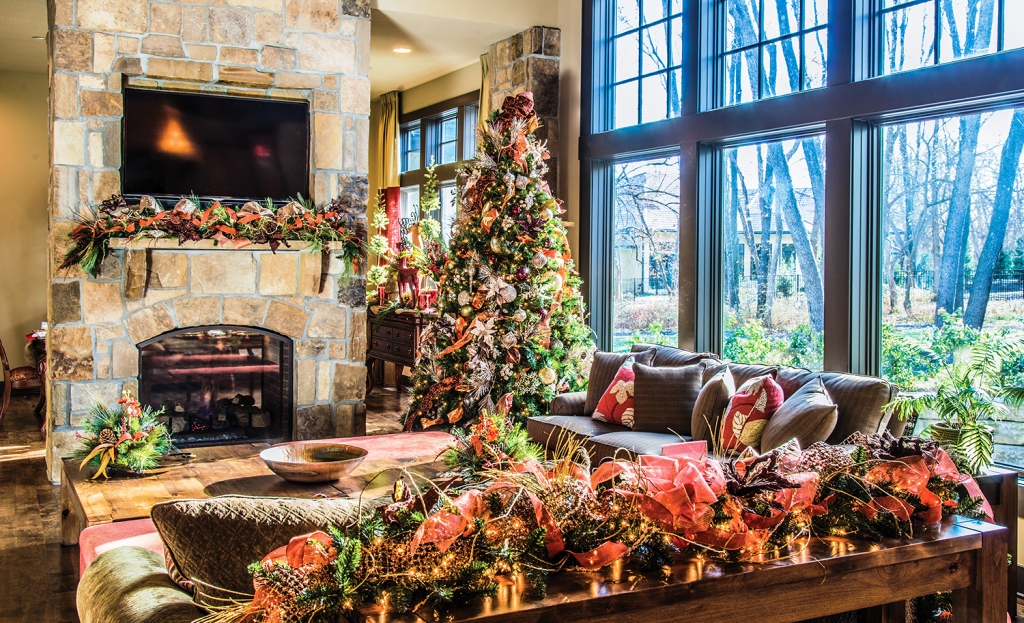Whether you want to completely renovate your house or just the roof, choosing if you want your roof to be flat or pitched is one of your most important decisions. As with many other things in life, no type of roof is inherently better, as each has its own advantages and disadvantages. Having a thorough understanding of their characteristics and uses will help you choose the type of roof that best suits your needs.
Pitched Roof Advantages
A Bigger Loft
Pitched Roofs project upwards and give you more room for your loft. Whether you want to turn them into a storage room or a study room, lofts are an essential part of any house, and any extra space is always welcome.
A longer lifespan
If you want evidence that pitched buildings last longer than flat ones, look no further than the Pyramids. Pitched roofs have been a staple of architecture for millennia because of how weather-resilient they are. A pitched roof will guarantee fewer expenses on maintenance compared to a flat roof.
Style
Pitched roofs come in all sizes and shapes, from the simple, traditional pyramid to more complex shapes and designs. They offer much more versatility than flat roofs. They allow you to express yourself and come up with the design of your dreams.
Pitched Roof Disadvantages
More Expensive
All the extra bells and whistles don’t come cheap. Pitched roofs use more materials, require more planning and need extra manpower to build. Because it requires less maintenance, it will pay for some of the extra investment in the long run, but the starting extra cost is not something you should disregard.
The House’s Foundation
All the extra material and weight places a greater load on the foundation. Sometimes, it is necessary to strengthen your existing foundation because it won’t handle it. This means extra money and headache.
Flat Roof Advantages
Cost
Flat roofs require less material and are easier and cheaper to build. If you have a low budget and lofts aren’t your primary concern, cutting on the roof’s cost and going with the flat style helps a lot.
Materials
Because of how simple it is to design and build, flat roofs usually boast more freedom when it comes to what material you want to use building your house. Depending on the material, this means a cheaper option or more environmentally friendly material.
Lower Energy Bills
The simpler design comes in again. Flat roofs are easier to insulate and control their ventilation. Flat roof windows are superior to dormer windows when it comes to keeping the heat in. All this adds up and makes it less expensive to heat your house when you have a flat roof.
Flat Roof Disadvantages
Design
A flat roof is simple. There are not a lot of ways you can adorn it and make it look unique. This makes it extremely limited in terms of design and customisability. People who want to have a distinct house usually opt out of flat roofs for this reason.
Maintenance
Flat roofs are more susceptible to the weather, and generally, they have a lifespan of 20 years (compared to 100 years for a pitched roof). You have to maintain and eventually replace it, and this is discouraging for some homeowners. Real estate agents aren’t clueless, either, so your flat-roofed house will go for a lower price compared to a comparable house with a pitched roof.

